There are very few fields that function as comfortably in a dual role, straddled between the two distinct disciplines of art and science, as the marketing industry does. This field has been especially proactive when it comes to embracing the latest in technological advancements in order to “tell the story to the widest audience possible” on behalf of their clients. Despite this, not all marketing segments were as quick to incorporate technology as others, especially social media, into their marketing strategy—namely, the non-profit sector.
Recently however, according to Beth Kantor, author of Social Media Whitepaper “How to Centralize Your Social Media Programs for Success”, non-profits have not only adopted the art/science of social media, but has used its unique, organic selling feature (i.e. people helping people) to transform the medium in ways that the for-profit business can only admire from afar.
According to Kantor, non-profits had previously employed a “listen, fail informatively, and evolve approach” that for-profits organizations cannot afford to attempt. Subsequently, non-profits have developed a strategy over time that is uniquely successful in the competitive pursuit of virtual attention, as well as procuring real-life cash.
This unique non-profit approach to social media uses the power of people to connect, in an informal fashion, cost-effectively and across institutional boundaries. Such methods include:
- Deepening Relationships and Engagement – March of Dimes uses this strategy particularly well in their “Tell your Story” Campaign. Supporters of the cause are empowered to come together as a community, with very little assistance from the official organization, and take specific action of their own in the name of the organization. For example, members came out in force to support the Maddie Campaign, raising tens of thousands of dollars in memory of a toddler.
- Individuals & Small Groups Self-Organizing around non-profit Causes – Empowered to create, join and activate groups independently from the official organization, groups such as “Twestival” and the “Facebook Causes” Birthday application have spontaneous strung up. Comedian Stephen Colbert has gotten into the self-organizing arena, lending his participation to DonorsChoose and their “Birthday Give Back” campaign.
- Facilitation, Collaboration and Crowdsourcing – Non-profits organizations pool the passions of their human resources and create new and interesting collaborations. For example “Lights, Camera, Action” Film festival was created by individuals across several different non-profits in effort to promote filmmaking-for-a cause.
- Social Change Behind the Firewall – In an early attempt to simply curb the tide of negative social media presence, many traditional non-profits turned their attention to social media simply as a means to stay on top of, and eliminate, negative comments. As their listening campaigns progressed, they soon realized that many comments were positive and worth cultivating. Although first shared only in-house, these adopters realized that this positive sentiment is a powerful marketing tool. By actively and genuinely participating in social media, they have managed to turn critics into supporters.
Social media has quickly become the dream platform for non-profits — with millions of engaged, passionate, empowered users banding together to do good works and help others on behalf of their cause of choice. As true today as when Margaret Mead (1091 – 1978) first quoted this: “Never doubt that a small group of thoughtful, committed citizens can change the world. Indeed, it is the only thing that ever has”.
Wouldn’t Ms. Mead be amazed how the truth of her statement is more powerful than ever with the advent of social media?!










